By Evelyn Nguyen, Mar 17, 2025
As travelers from faraway lands, maybe even halfway across the globe, understanding Vietnam's distinct weather patterns is essential to planning your Vietnam tour packages. Many visitors are afraid to travel during the rainy season because of concerns about transportation problems or health risks. However, did you know that rain can give familiar tourist attractions a fresh transformation and provide unique experiences?
So, if you are considering traveling to Vietnam during the rainy season, pack your bags and get ready! Incredible Asia Journeys is here with valuable tips to help you make the most of this special time.
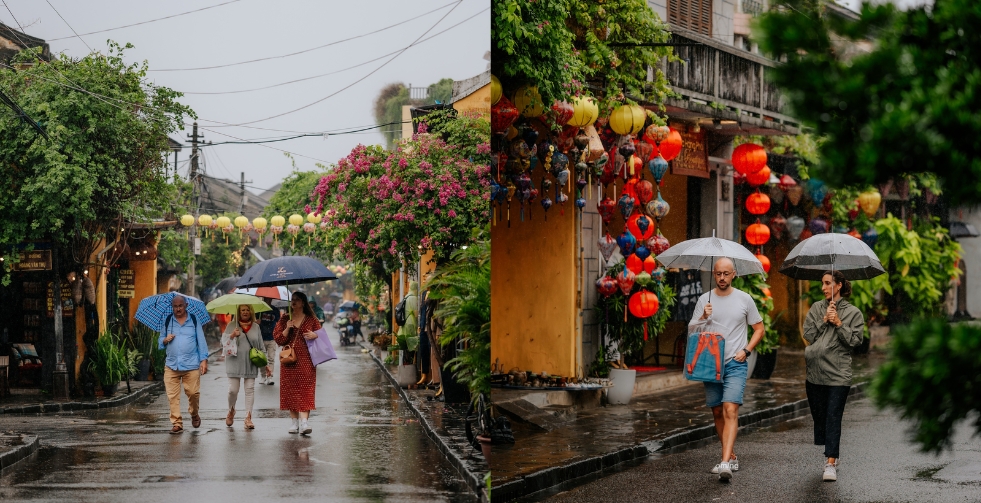
Travel to Vietnam in the rainy season
What months are the rainy season in Vietnam? The rainy season in Vietnam often called the monsoon season, Vietnam rainy months run from May to November. During this time, the weather changes depending on the month with hot days cross rainy days. At the start of the season, rain tends to come in short, light showers, usually in the afternoon. By July and August, the rain becomes heavier and more frequent, with occasional long-lasting downpours.
The heaviest rains usually occur in September and October, when steady rainfall can last for several hours, especially in some regions. By November, the rain begins to ease, signaling the arrival of the drier months.
Temperatures during the rainy season range from 27°C to 35°C, and the humidity can reach up to 80-90%. This can make the air feel warm and sticky, but it also brings life to Vietnam’s landscapes. Rivers flow stronger, rice fields turn a vivid green, and the Vietnamese countryside looks more vibrant. Some days, you’ll see clear skies after the rain for the best time to visit Vietnam, while on others, dark and misty clouds create a calm and mysterious atmosphere.
Despite the wet weather, this season gives Vietnam a unique and peaceful vibe. The rain adds a fresh, clean look to streets, nature, and cultural sites, tourists can choose this perfect time for photos or quiet moments in a cozy cafe. Also, travelers often find that attractions are less crowded with a slower and more relaxing pace to explore the beauty of Vietnam.
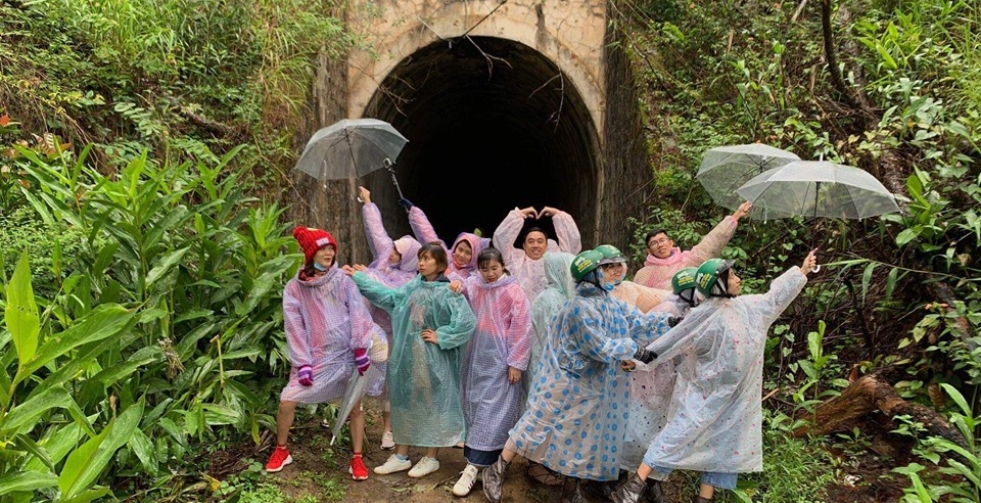
Just chill when visiting Vietnam in the rain
The general features of monsoon season Vietnam mentioned earlier are broad. In fact, each region of Vietnam has its different unique rainy season characteristics.
Northern Vietnam experiences 4 distinct seasons: spring, summer, autumn, and winter. However, the rainiest period falls between the end of summer and the beginning of autumn, just before the cold and dry winter sets in.
The heaviest rains typically occur in July and August, with frequent afternoon showers. These rains often cool down otherwise hot summer days and nourish the lush greenery of the region. Popular destinations like Hanoi, Halong Bay, and Sapa have a unique charm during this time, with misty hills and vibrant rice terraces. By September, the rainfall starts to decrease, and cooler autumn weather takes over. This is a lovely time to visit Vietnam.
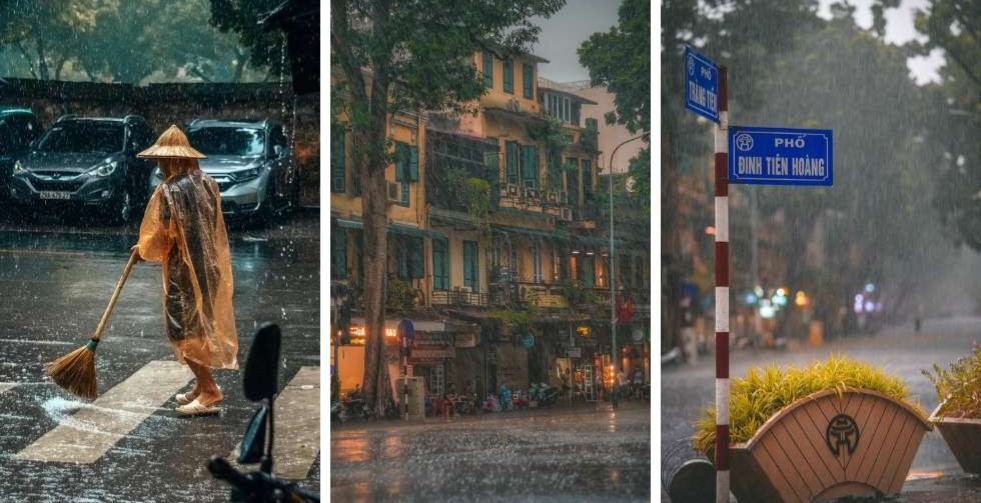
Rainy days in Hanoi
The rainy season in Central Vietnam is somewhat different from the north. Central Vietnam’s rainy season, stretching from September to December, often brings heavy rains and occasional typhoons.
The region is particularly vulnerable to storms coming in from the East Sea, especially in October and November, which are the peak months for typhoons. These storms can result in strong winds, flooding, and disruptions to travel plans. Coastal cities like Hue, Da Nang, and Hoi An are usually the most affected.
However, when the skies clear after a storm, the central region transforms into a tranquil haven. Rivers like the Perfume River in Hue and waterways in Hoi An take on a renewed vibrancy. The rain also accentuates the beauty of the ancient ruins of My Son Sanctuary, which are surrounded by a lush, green landscape.

Rain in Ho Chi Minh City
In South Vietnam, the rainy season from May to November is characterized by short, intense bursts of rain, often in the late afternoon or evening. These showers rarely last all day, so tourists can plan outdoor activities around them. The rains contribute to the region’s lush green landscapes, fertile rice fields, and abundant fruit harvests.
Typhoons are less common in the south, but heavy downpours in cities like Ho Chi Minh City and areas in the Mekong Delta can lead to temporary waterlogging in low-lying regions. Despite this, rain is essential for the agricultural economy and enhances the natural beauty of the “Rice Bowl of Vietnam” area.
The Mekong Delta, in particular, is stunning during the rainy season. Rivers swell, floating markets buzz with activity, and rice paddies glisten under intermittent sun and rain. This is also a great time for eco-tours and Mekong Delta boat trips to explore the vibrant waterways.
Each tourist attraction in Vietnam has different things to do for tourists to experience during the rainy season.
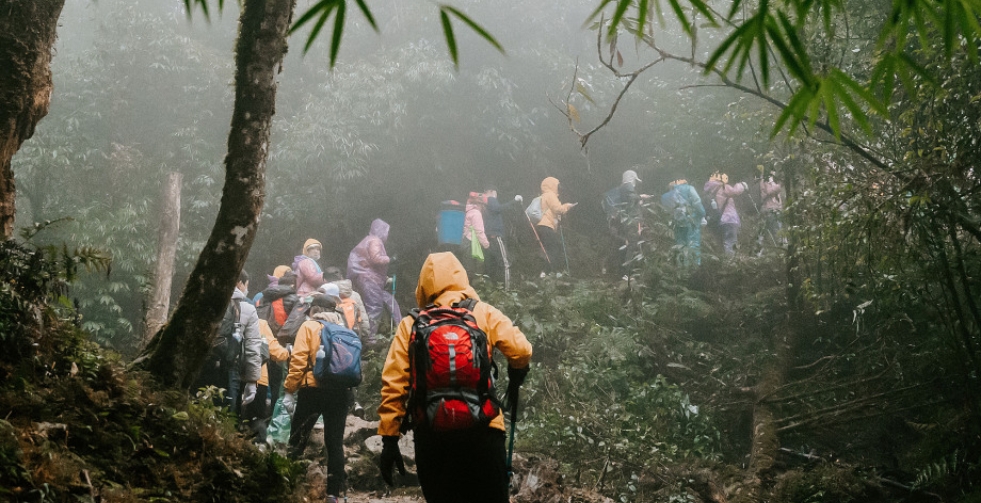
Trekking in Sapa in rain
The rainy season transforms the terraced rice fields of Sapa in June-August into lush green staircases stretching into the horizon. Guided treks through the countryside offer breathtaking views and a chance to interact with local ethnic groups, such as the H'mong and Red Dao. While the paths may be muddy, proper trekking gear not far away ensures a safe avoid landslides and an enjoyable experience. After the trek, warm up with a bowl of Thang Co (a traditional stew) at a local homestay.
The limestone islands of Halong Bay take on a mystical vibe during rainy weather. You can book a cruise and watch as the mist rolls over the emerald waters, it’s an almost otherworldly scenery.
Many Halong Bay cruises offer indoor activities such as cooking demonstrations, fruit carving, squid fishing, and relaxing in private cabins with panoramic views. Some luxury cruises also offer mini-golf, theater rooms, spa and fitness rooms, and more.
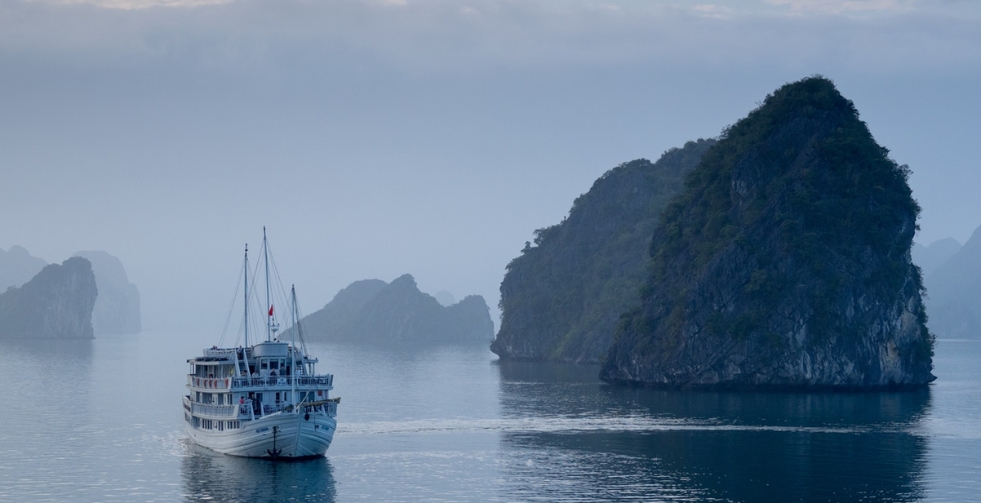
Misty Halong Bay in rain
Hoi An Ancient Town becomes even more enchanting under the rain. The soft drizzle adds a poetic touch to its narrow streets, lined with lanterns and colonial-style buildings. Grab a colorful umbrella or rent a raincoat to wander through the alleys, visiting traditional houses, temples, and craft shops. Don’t miss a chance to try Hoi An’s famous Cao Lau noodles or Banh Mi, as the cozy cafes here provide shelter and authentic flavors.
There are cities where rain seems to increase their charm, holding back visitors' footsteps, and Hue is one of those cities. The former imperial city of Hue is steeped in history, and its royal tombs and ancient citadel take on a quiet, contemplative beauty during the rainy season.
Sites like the Tomb of Tu Duc or the Thien Mu Pagoda are less crowded during this time, allowing for a more intimate exploration of these cultural landmarks.
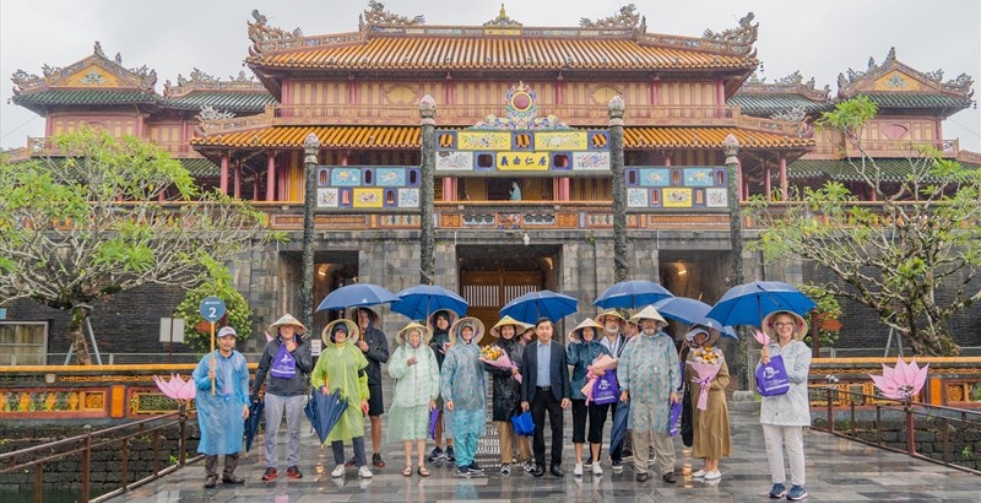
Coming to Hue on a rainy day
When the skies open up in Ho Chi Minh City, you can head indoors to explore the city’s wealth of museums. The War Remnants Museum offers an educational and emotional journey into Vietnam’s history, while the Reunification Palace shows you the country’s political past.
Art lovers can visit the Ho Chi Minh City Museum of Fine Arts, housed in a beautiful colonial building, to admire traditional and contemporary Vietnamese art.
The cool highlands of Da Lat become a haven during the rainy season. Tourists can find a cozy corner in one of the many hillside cafes and enjoy a cup of Da Lat’s famous artichoke tea or locally grown coffee.
The mist-covered pine forests and drizzling rain become a serene backdrop for “The City of Flowers”, visitors can enjoy an ideal spot for reading, journaling, or simply relaxing. Popular cafes like An Cafe and Me Linh Coffee Garden are must-visits.
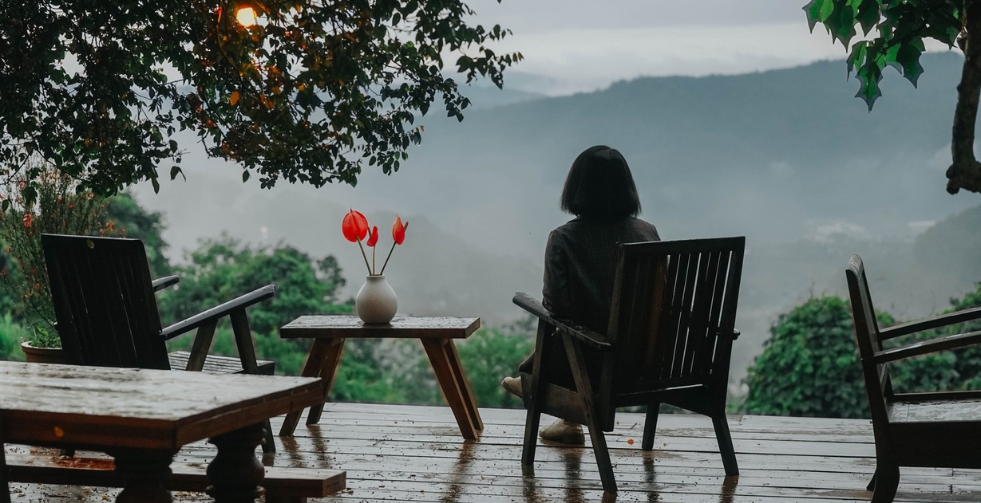
Chill at a Dalat cafe shop on rainy days
Rain adds a vibrant freshness to the Mekong Delta, it’s the time making its waterways and floating markets even more picturesque. An unmissable thing to do in the Mekong Delta at this time is to rise early to catch the lively atmosphere at markets like Cai Rang Floating Market or Phong Dien Floating Market, where vendors sell fruits, vegetables, and local delicacies from their boats. You can try freshly peeled pomelos or a warm bowl of Hu Tieu noodles in the cool weather of the rainy season of the Mekong Delta.
Traveling during the rainy season in Vietnam presents some challenges, but with preparation, these can be managed effectively for tourists.
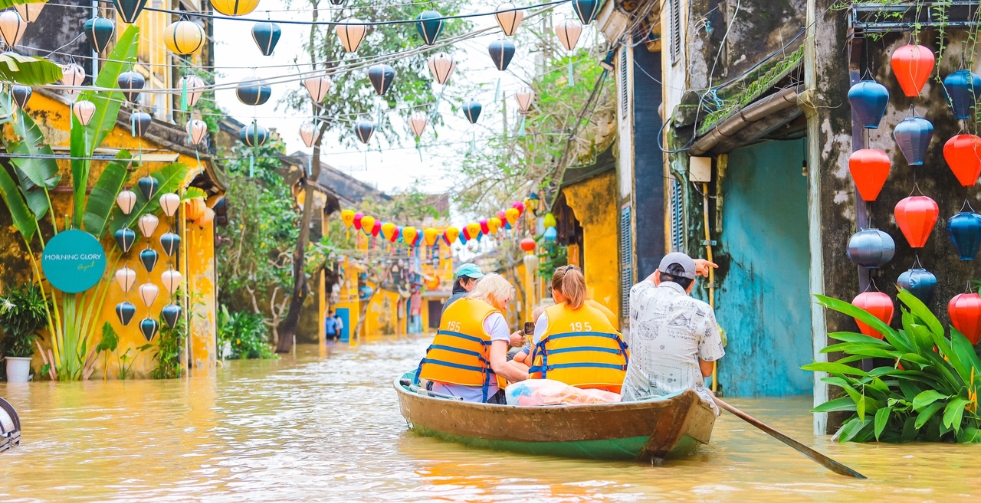
Flood in Hoi An
In cities like Hanoi, Ho Chi Minh City, Hoi An and Hue, heavy rains can lead to flooding in low-lying areas, disrupting transportation. Narrow streets and older drainage systems in urban areas may struggle to handle sudden downpours which can lead to large puddles or completely waterlogged roads.
>> How to handle:
Heavy rain can disrupt flights, buses, and train schedules, especially in regions prone to storms or typhoons, such as Central Vietnam. Boats and cruises in areas like Halong Bay or the Mekong Delta may also pause operations during severe weather.
>> How to handle:
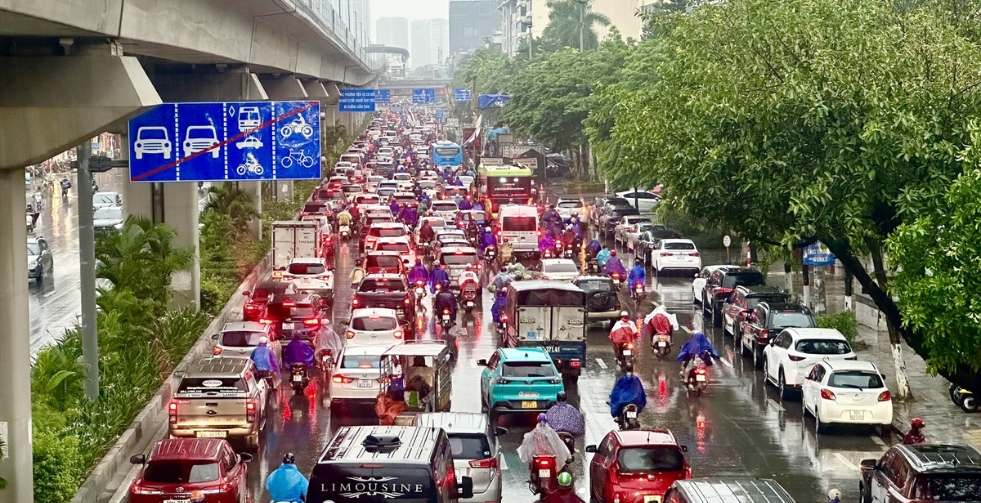
Traffic jams on rainy days in Hanoi
In areas like Sapa, Ha Giang, and Da Lat, prolonged rain can cause landslides, blocking roads or hiking trails and posing safety risks.
>> How to handle:
Stagnant water from frequent rain creates breeding grounds for mosquitoes, increasing the risk of diseases like dengue fever and malaria in some rural areas.
>> How to handle:
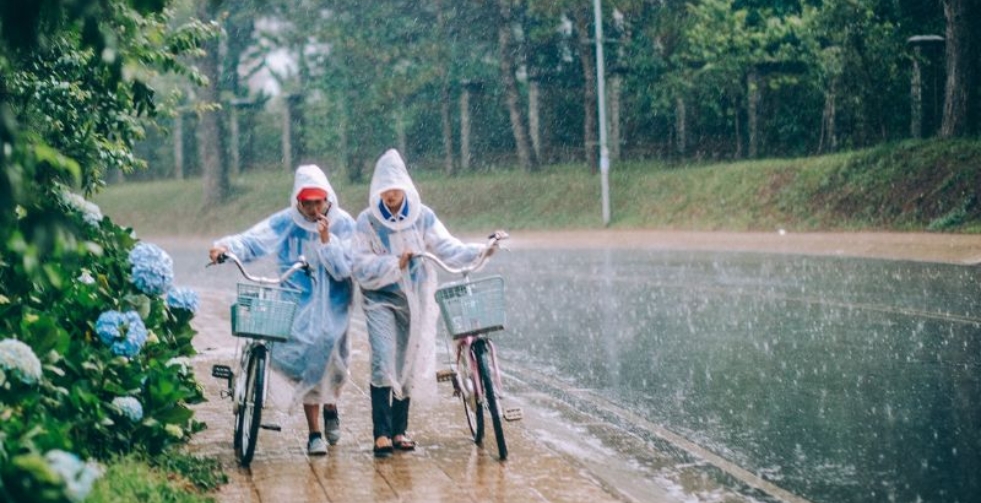
Limited activities on Vietnam rainy days
Rain may limit your ability to enjoy outdoor activities like cycling, hiking, or beach outings. However, the weather doesn’t have to ruin your plans entirely with Incredible Asia Journeys! Indoor options like museums, cooking classes, or spa treatments are an alternative way to enjoy your trip.
>> How to handle:
Here's a handy checklist to ensure you stay comfortable and make the most of your Vietnam tours.
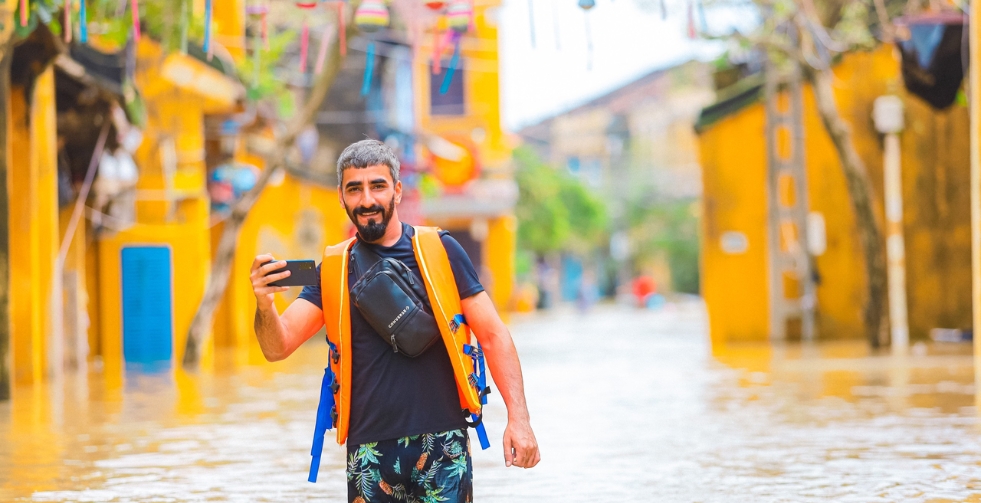
Prepare for risks in rainy Vietnam season
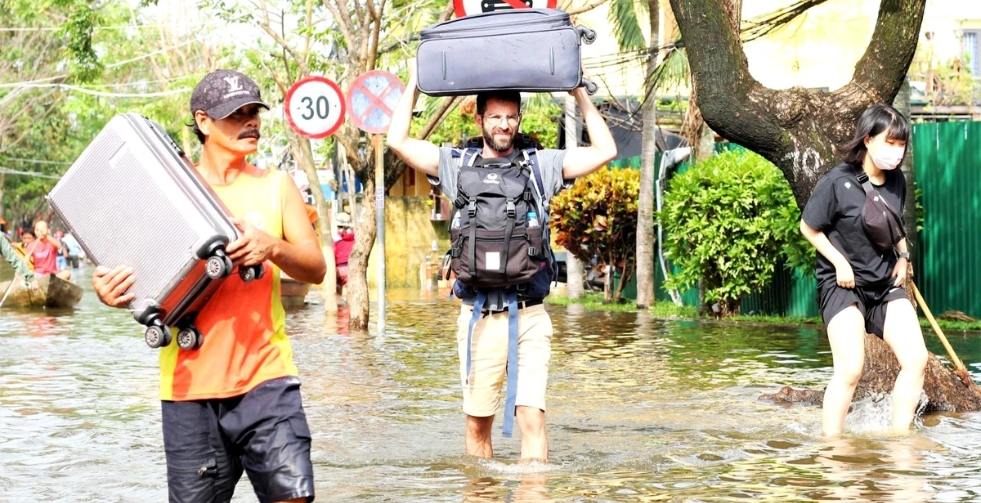
Experiences of safe & fun travel in the rainy season in Vietnam
Experiences of safe and fun travel in the rainy season in Vietnam will certainly help you enjoy new and exciting experiences, regardless of the Vietnam weather. You can contact Incredible Asia Journeys to get detailed itinerary advice, book suitable services, and receive the most useful suggestions for your trip. As a trusted Vietnam Tour Operator, let us accompany you on an inspiring journey to discover Vietnam!